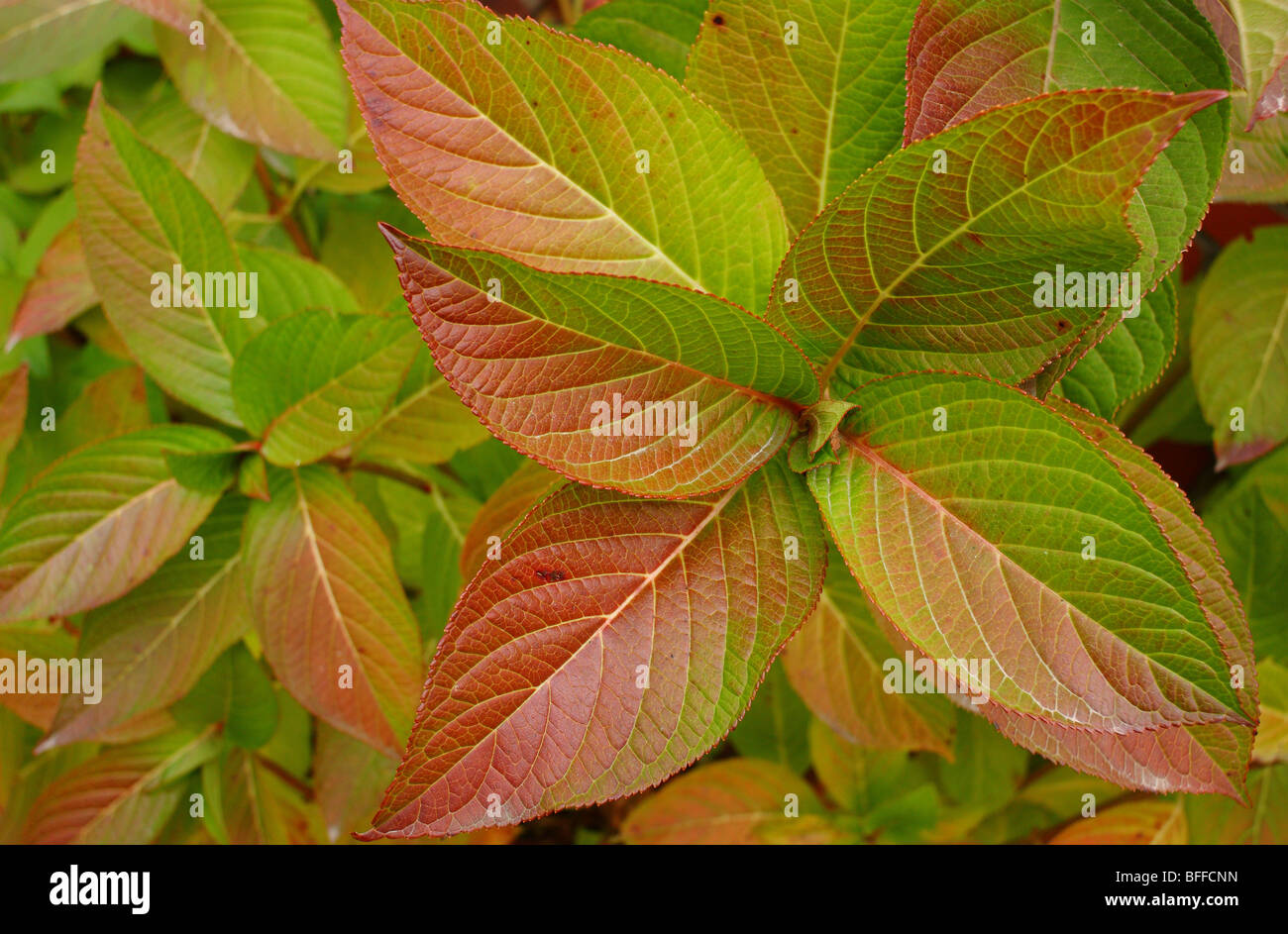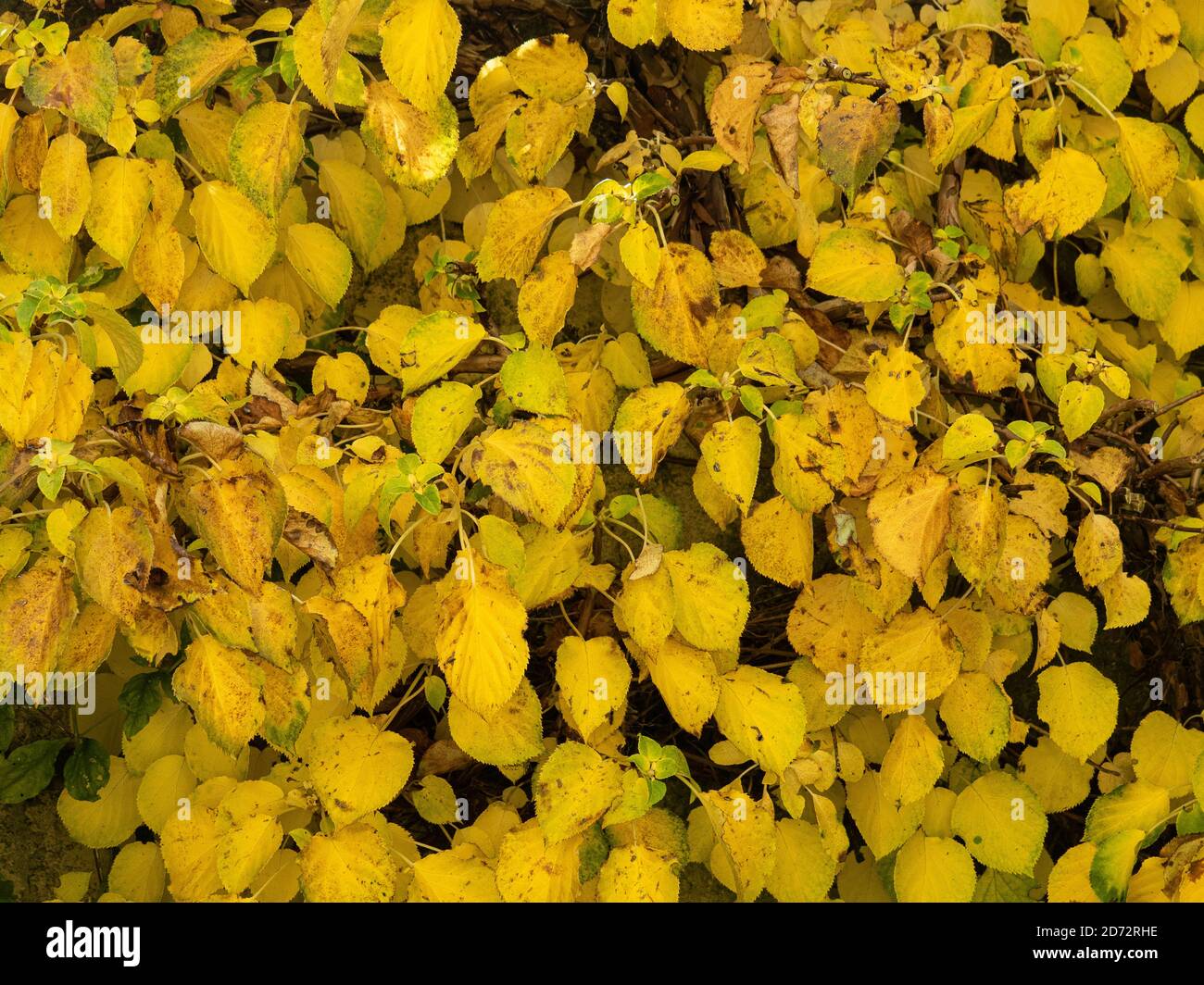Facts About Hydrangea Leaves Turning Yellow Revealed
Wiki Article
Hydrangea Leaves Turning Yellow Can Be Fun For Everyone
Table of ContentsThe Hydrangea Leaves Turning Yellow PDFs4 Easy Facts About Hydrangea Leaves Turning Yellow ShownGetting The Hydrangea Leaves Turning Yellow To WorkThe Ultimate Guide To Hydrangea Leaves Turning Yellow9 Simple Techniques For Hydrangea Leaves Turning Yellow
The container should be large enough so the plant can grow and obtain every one of the water and nutrients it needs. Area the container on a deck, or in a questionable place on an outdoor patio. You can likewise replace the plant with a panicle hydrangea. Panicles love the complete sunlight.No matter of the variety, plan in advance and make certain your plant has lots of protection from the wind (Hydrangea Leaves Turning Yellow). You can transplant to a new place, or you might develop a wind obstacle making use of another plant, or fencing.
Decorative turf, Rose of Sharon, or Holly bushes are simply a couple of concepts of plants you could use to obstruct the wind. If you need to transplant, discover an area in your yard that is well shielded from sunlight and wind. Transplanting is best performed in the autumn or the springtime.
The plants area is the most vital aspect when it comes to getting recognized and proper development. With a little planning on planting location and correct maintenance, you'll be able to ensure your hydrangeas!.
5 Easy Facts About Hydrangea Leaves Turning Yellow Described

You can save the plant from yellow fallen leaves by providing it the right light and placement. If your plant gets yellow fallen leaves, move it to a dark location.
Keep in mind, Hydrangeas are only frost forgiving in autumn and winter months as they go inactive (Hydrangea Leaves Turning Yellow), and temperature level changes can create yellowing leaves and brownish areas. If it obtains also warm, the sides of the fallen leaves end up being yellow, turn brownish and create a crunchy texture. Move your potted Hydrangeas away from breezy north-facing home windows in the winter.

Some Known Details About Hydrangea Leaves Turning Yellow
However, yellow leaves in Hydrangeas are the initial indications of illness problem, usually adhered to by black places, browning, goes view down, and wilting. Isolate the unhealthy or pest-infested plant from the healthy and balanced plants to stop disease spread. If it is a yard plant, get rid of all the contaminated leaves using sterilized tools and cleanse up all the particles.So, cutting off helps Hydrangea color unneeded weight and protection, permitting the growth of brand-new fallen leaves. The finest time to prune Hydrangeas is spring when the plant prepares to grow vegetation for the following season. Inspect for spent or infected fallen leaves and cut the base of a stalk that joins the fallen leaves and stem.
Avoid reducing healthy or environment-friendly leaves, and do not remove more than 25% of the plant's foliage. The main factor behind the red fallen leaves in Hydrangea is inadequate dirt or ecological problems.
Additionally, repot the plant every year in springtime or every 2 years if the growth rate is slow.
Hydrangea Leaves Turning Yellow - The Facts

There are six major factors why this may occur:: The plant does not get enough sunlight.: The origins are either as well wet or too dry.: The plant is also cold.: The dirt is not Home Page acidic or alkaline enough for the hydrangea.: The plant isn't obtaining the best nutrients it needs to remain healthy.
Each reason influences the plant in a manner that can be taken care of if we comprehend how to take care of hydrangeas the proper way. When we discuss visit this web-site poor light for hydrangeas, we indicate that the plant isn't getting sufficient sunshine. Hydrangeas favor brilliant light, but not straight, scorching sunlight. They usually prosper best with morning sun and afternoon color.
Without adequate sunshine, the leaves can transform yellow, the plant can end up being weak, and it could create less flowers. To guarantee a hydrangea gets ample light, it needs to be placed in an area where it can delight in the early morning light and be safeguarded from the extreme mid-day sunlight. Overwatering is when a hydrangea plant obtains more water than it needs.
Yellow leaves may be an indication that the plant is obtaining also much water. On the various other hand, dehydration happens when the plant does not obtain adequate water.
Getting The Hydrangea Leaves Turning Yellow To Work
This issue is usual in the autumn as the weather condition changes or if a hydrangea is planted in a spot where it does not obtain sufficient heat from the sun. It is necessary to know the right problems for hydrangeas to prevent low-temperature stress. Many hydrangeas expand ideal in zones 6 to 9, where the climate is milder.It is necessary to recognize that this kind of yellowing is different from the yellowing caused by issues like excessive water or not enough light. Consequently, if the yellow leaves are primarily at the base of the plant and the rest of the plant looks healthy and balanced, it might just suggest that the leaves are simply obtaining old.
Report this wiki page